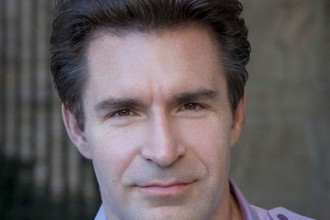Wisconsin teacher Sarah Ludwig was one of 50 American educations – and one of two from the state – invited to participate in the Siemens STEM Institute this summer.
I arrived in Washington, D.C. on Sunday July 31 to start an incredible week of science, technology, engineering and math professional development at the 2011 Siemens STEM Academy.
I was one of 50 fortunate fellows who were selected from 4000 nation-wide applicants for this weeklong experience at the Discovery Education headquarters in Silver Spring, Md. My goal was to connect my classroom with other classrooms across the US and learn how to engage my students in 21st century learning.
Dr. Lodge McCammon, Curriculum and Contemporary Media specialist, and Dan Meyer, Curriculum fellow, kicked off our STEM Academy with examples of innovating and engaging uses of technology for our classroom.
We created music videos about solving algebraic equations. We had fun as we learned how kinesthetic motion could tune in students to math concepts. I plan to use this same idea for my science class using science songs.
Chris Lehman, Principal of the Science Leadership Academy, Philadelphia, PA, gave us the important message that our job as teachers is to prepare students to be 21st century citizens. With that goal in mind, our classroom focus will change from simply preparing students to work.
On Monday morning we went to work learning more about web 2.0 tools to engage our students. We learned about Edmodo, wikis, Google tools and much more where students and teachers can connect, share, and learn.
In the afternoon we headed to the White House and met with Carl Wieman, the Associate Director for Science and Technology policy. He took the time to talk to us about current research in science education, and left us with the message that motivation is the key to student learning.
Tuesday we spent behind the scenes at the Smithsonian National Museum of Natural History, where we interacted with the scientists who shared what they did. We saw how fossils are processed, learned how medical scanning equipment is used to help solve mysteries old and new. We saw the extensive botany specimens housed and cataloged there.
Finally, we learned about cool online resources like Leafsnap, which is an application that can be downloaded to help identify trees. This app does more than identify trees; it records the tree location adding to a mass count of trees and where they are found. Later, we met Danny Forster from Discovery Channel, “The Rising,” and Science Channel, “Build it Bigger.”
Danny, who is an architecture and engineering expert, explained how culture and history are reflected in buildings. Then, we were treated to some cupcakes from the “cupcake sisters” of DC. Yum.
Wednesday we went on a tour of C-SPAN and the Capitol. We heard from Julene Reed about challenge based learning and polar bears. Michael Lach, Special Assistant, STEM Education, U.S. Department of Education, stressed that together we can make a difference!
That’s exactly what several of the STEM fellows plan to do with classroom collaboration. We plan to hook students from our classrooms together through Edmodo and Skype, and collect data for shared research projects.
Wednesday was spent learning more technology sessions such as Livebinder, Glogster, Evernote, and more.
On Thursday, Hall Davison, Director of the Discovery Educator Network shared many cool apps, QR codes, and avatars in an exciting presentation. We learned about even more tools like Discovery Education, Prezi , and digital storytelling. We had time to work on our projects and celebrated at a STEM Carnival.
My big takeaways from this week are that motivation is key to successful learning, and that 21st century learning must prepare our students to be global citizens. I’m ready to make changes in my classroom to include more 21st century skills.
My week is over, but the collaboration has just begun. We are using Edmodo and wiki pages to create a place for students to meet and plan research projects. We are a group that is inspired to bring the world to our students and our students to the world.
I want to thank all of the presenters and organizers for the knowledge and inspiration they gave us throughout the week. Special thanks for the Siemens Foundation, Discovery Education, Oak Ridge Associated Universities, and the College Board for making this wonderful week happen. This experience is just the beginning for me, as I can’t wait to engage my students and to continue to network with STEM leaders.

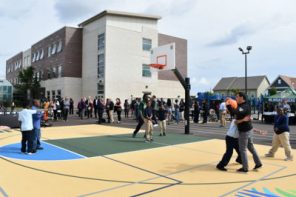 i evaluate to yes even if there's no image
i evaluate to yes even if there's no image 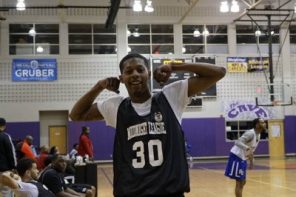 i evaluate to yes even if there's no image
i evaluate to yes even if there's no image 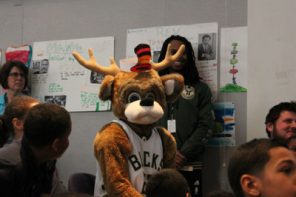 i evaluate to yes even if there's no image
i evaluate to yes even if there's no image 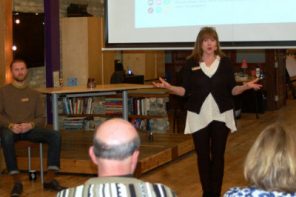 i evaluate to yes even if there's no image
i evaluate to yes even if there's no image 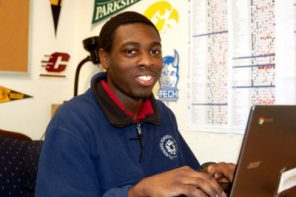 i evaluate to yes even if there's no image
i evaluate to yes even if there's no image 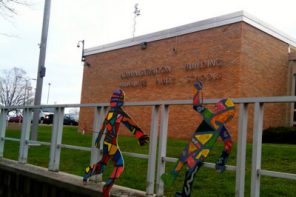 i evaluate to yes even if there's no image
i evaluate to yes even if there's no image 